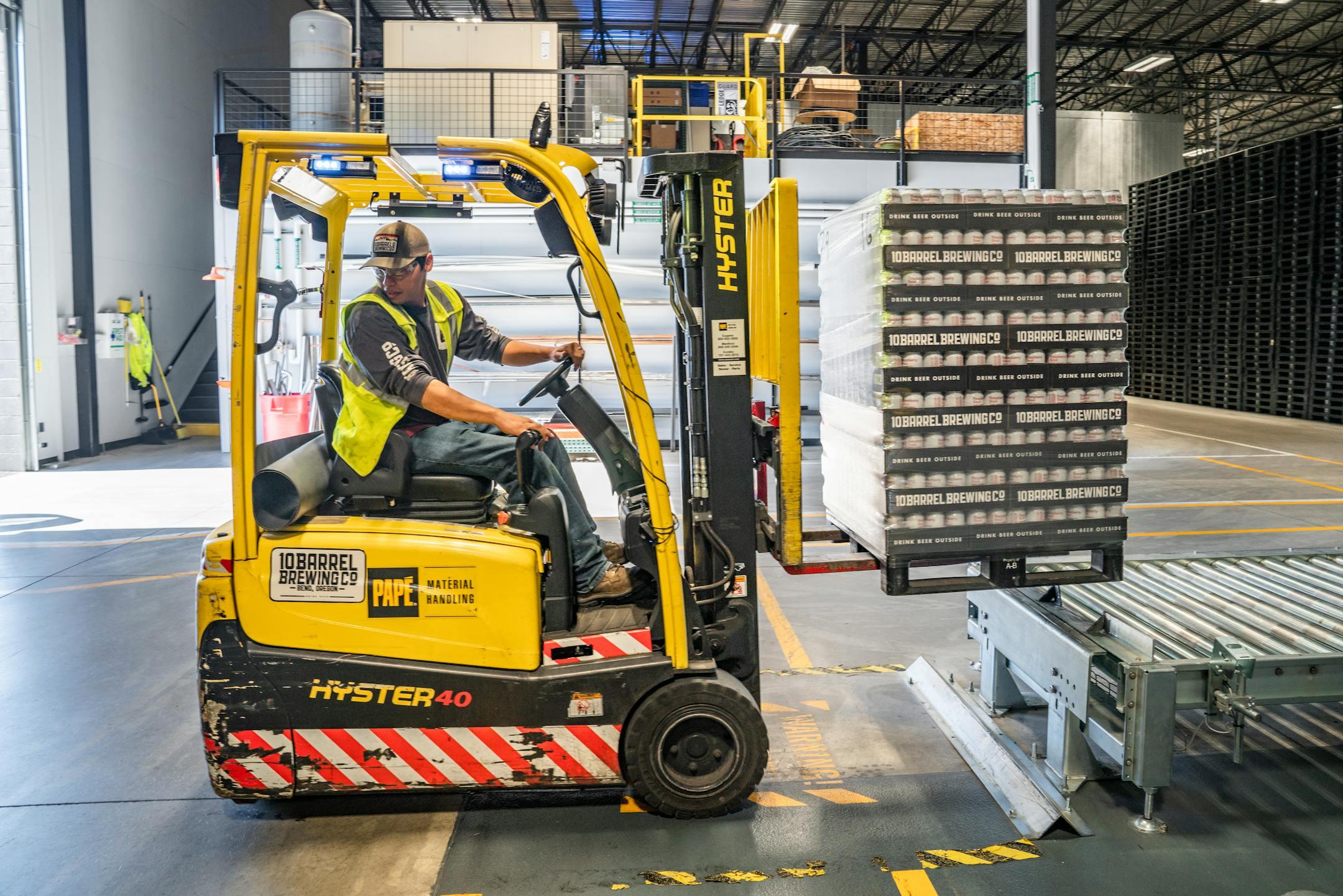
When people talk about fast shipping, they often focus on the last leg of the journey—getting a product from a local hub to someone’s door. But that last mile doesn’t happen in a vacuum. It depends heavily on what happens earlier in the supply chain, especially in the warehouse.
If warehousing isn’t organized, last-mile logistics fall apart. If it’s efficient, everything flows.
At SML Fulfillment, we see this every day. The link between warehousing and logistics is clear: better warehouse operations lead to faster, more accurate, and more cost-effective final deliveries.
Here’s how it works—and why it matters for your business.
When goods arrive at the warehouse, the clock starts. Every delay—whether it’s poor inventory tracking, slow picking, or inefficient packing—adds time to the delivery process. And the last mile is where those delays show up most clearly.
A well-run warehouse minimizes delays. Items are stored in logical locations, inventory systems are updated in real time, and pickers know exactly where to go. Orders move from confirmation to shipping in hours—not days.
This kind of speed isn't just nice to have. It's now expected by most customers.
Wrong deliveries don’t always happen on the road. They often start with errors in the warehouse—like pulling the wrong SKU, mixing up orders, or mislabeling packages. Every one of these mistakes creates friction in last-mile delivery.
Accurate warehouse processes reduce those risks. That means barcode scanning, smart sorting, and quality checks before packages leave the building. When warehouse teams do their jobs well, delivery drivers have exactly what they need. No extra stops, no returns, no missed expectations.
Where your warehouse is located has a direct impact on your last-mile strategy. The closer it is to your end customers, the easier and cheaper that final delivery becomes. That’s why many growing brands are moving from a single central warehouse to multiple regional ones.
Strategic placement is part of the bigger warehousing and logistics picture. It's not just about storing products. It's about putting inventory where it's needed most, so delivery routes are shorter and customers get their orders faster.
If your system says an item is in stock but it’s actually not, everything breaks down. That kind of disconnect leads to canceled orders, shipping delays, and frustrated customers.
Effective warehousing includes real-time inventory tracking. This lets you make accurate delivery promises and helps last-mile teams know exactly what’s shipping and when. Transparency at this stage means fewer surprises later.
Last-mile delivery companies often work in batches, planning routes based on delivery zones. If your warehouse can align its picking and packing to support those same zones, it helps streamline everything.
For example, grouping orders by region or delivery window helps carriers load more efficiently and avoid backtracking. This is one of the most overlooked links between warehousing and logistics—but it makes a big difference when you're handling high volumes.
Returns are part of e-commerce, and they don’t end when the package gets dropped off. An efficient warehouse needs a clear system for handling returns, inspecting them, and getting items back into inventory or out of circulation.
This supports the entire logistics system by reducing waste, speeding up restocks, and keeping inventory accurate. A disorganized return process adds cost and slows down new deliveries.
The last mile gets especially strained during peak seasons—holidays, sales events, or major launches. If your warehouse can’t scale to meet demand, it creates a backlog that hits the last mile hard.
Scalable warehousing means flexible labor, smart automation, and layout design that can adjust for high-volume workflows. Without that, even the best delivery partners can’t make up for upstream delays.
Poorly labeled or packaged items create real problems in last-mile delivery. If labels are hard to scan or packages are fragile, delays and damage happen.
Warehouses that follow standard labeling and packing protocols reduce these risks. It might seem like a small part of the process, but it’s a critical link between warehouse operations and delivery success.
Real-time communication between warehouse and logistics teams helps avoid delays. If a package is running late, drivers can be re-routed. If an item is out of stock, notifications can go out before the delivery fails.
Shared data improves decision-making across the board. This is especially true when using integrated software systems that sync inventory, shipping, and delivery updates.
This is the main point: warehousing and logistics are not two separate functions. They're part of the same system. What happens in the warehouse shapes what’s possible on the road.
If the warehouse is slow, unorganized, or disconnected, the last mile suffers. If the warehouse is efficient, accurate, and responsive, delivery becomes smoother—and your business grows.
At SML Fulfillment, we build warehousing systems designed with logistics in mind. That means fast processing, real-time tracking, and smart integration with your delivery partners. When warehousing supports logistics, your entire operation becomes more reliable and more efficient.
If you're ready to improve how your products reach your customers—from the moment they hit the shelf to the moment they land at someone’s door—let’s talk.
Learn more about how we connect warehousing and logistics by getting in touch with SML Fulfillment today.